 Jason Weingart
Jason Weingart
History
New Type of Bluebonnet Discovered in the Texas Hill Country
White Bluebonnets.
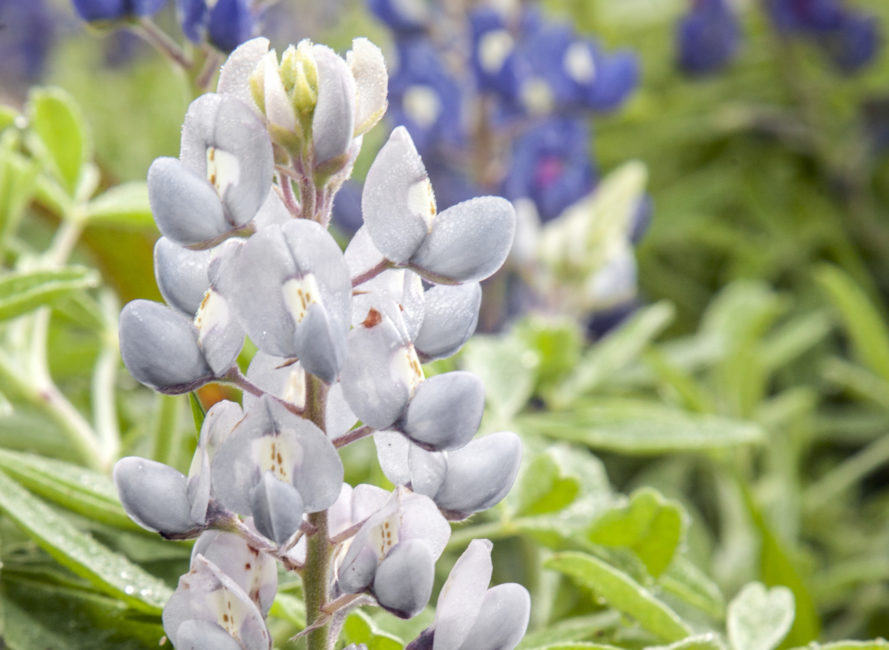
Photo: Jason Weingart
Finding a white bluebonnet feels a lot like finding a four leaf clover. They stick out amongst the blues. Consequently, many knew where white populations existed.
Abbot Pink Bluebonnets.
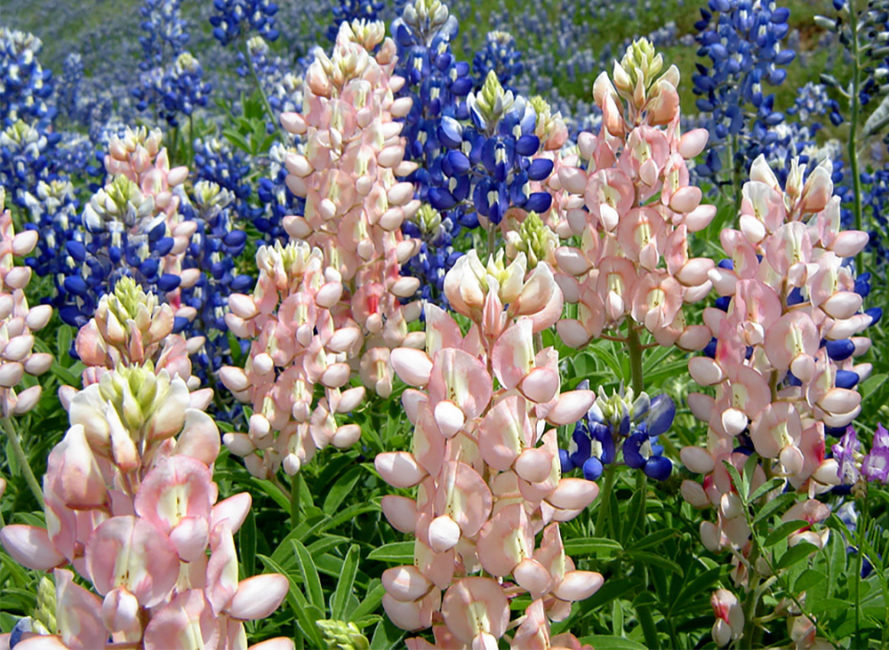
Photo: Flickr/Andreanna Moya
Abbott had roamed the bluebonnet fields of Texas his entire life and only found three pink bluebonnet plants. A large population of them was discovered within the city limits of San Antonio. Then Abbot’s dream was able to become reality. Once the pink bluebonnet was purified, it allowed the development of the red and maroon bluebonnets.
Grant’s Maroon Bluebonnets.
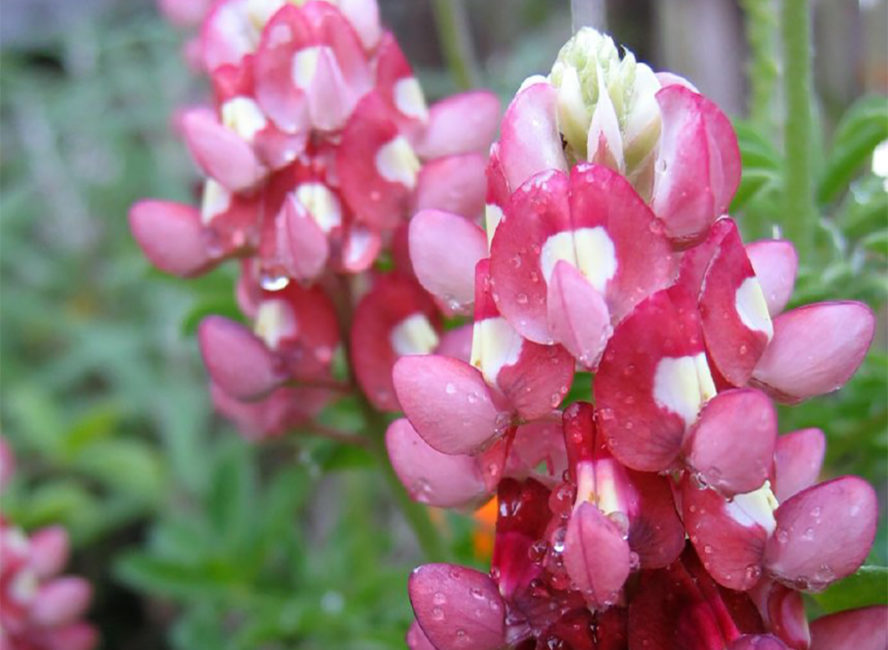
Photo: Flickr/Elaine
In honor of D. Greg Grant, who was the first to recognize the Lupinus harvardii as a cut flower. The Bexar County Master Gardener work crew is instrumental in stocking seeds which will eventually enable acreage of the red and maroon bluebonnets to be grown. The red and maroon colors would probably vanish without their efforts.
Henry’s Red Bluebonnets.
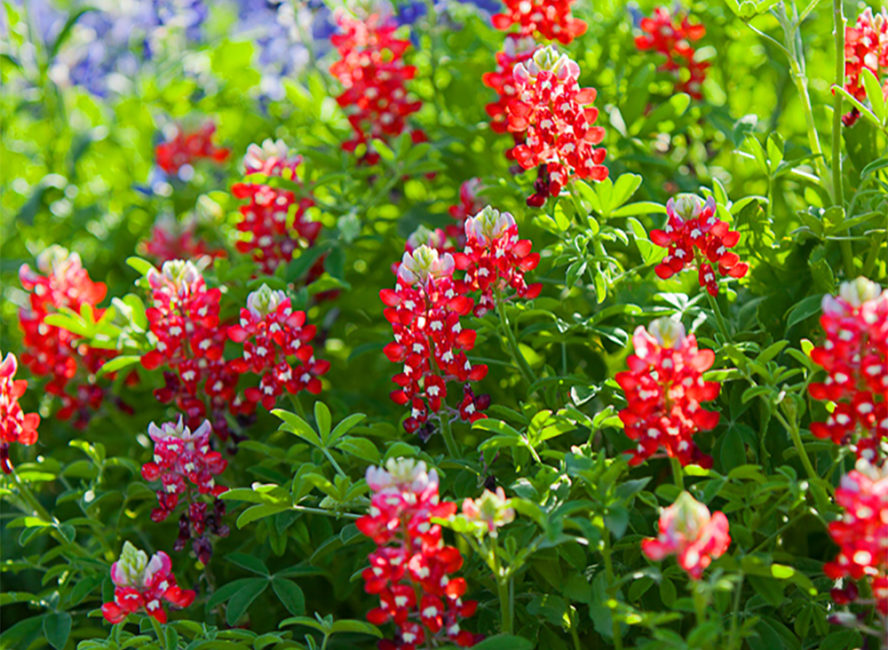
Photo: Flickr/Dawn Snow
“Henry’s Red” is in honor of the late Mr. Henry Verstraeten, a San Antonio vegetable grower, who grew and insured the seed increase of each Lupinus texensis color variant in his small retirement garden.
Barbara Bush Lavender Bluebonnets.
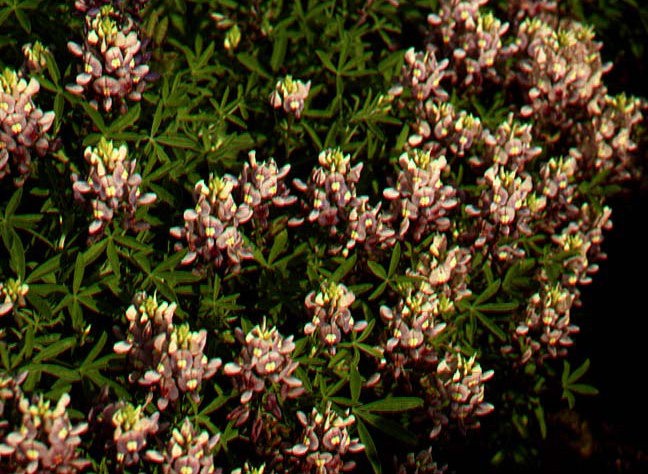
Photo: Aggie Horticulture
A selection of Texas bluebonnet known for its unusual flower color in several shades of lavender. The selection was made originally by Dr. Jerry Parsons
Due to the efforts of many people, one day Texans may think of a lot of different colored flowers when they hear the word “bluebonnets.”
Sources:
Aggie Horticulture
Jerry Parsons

